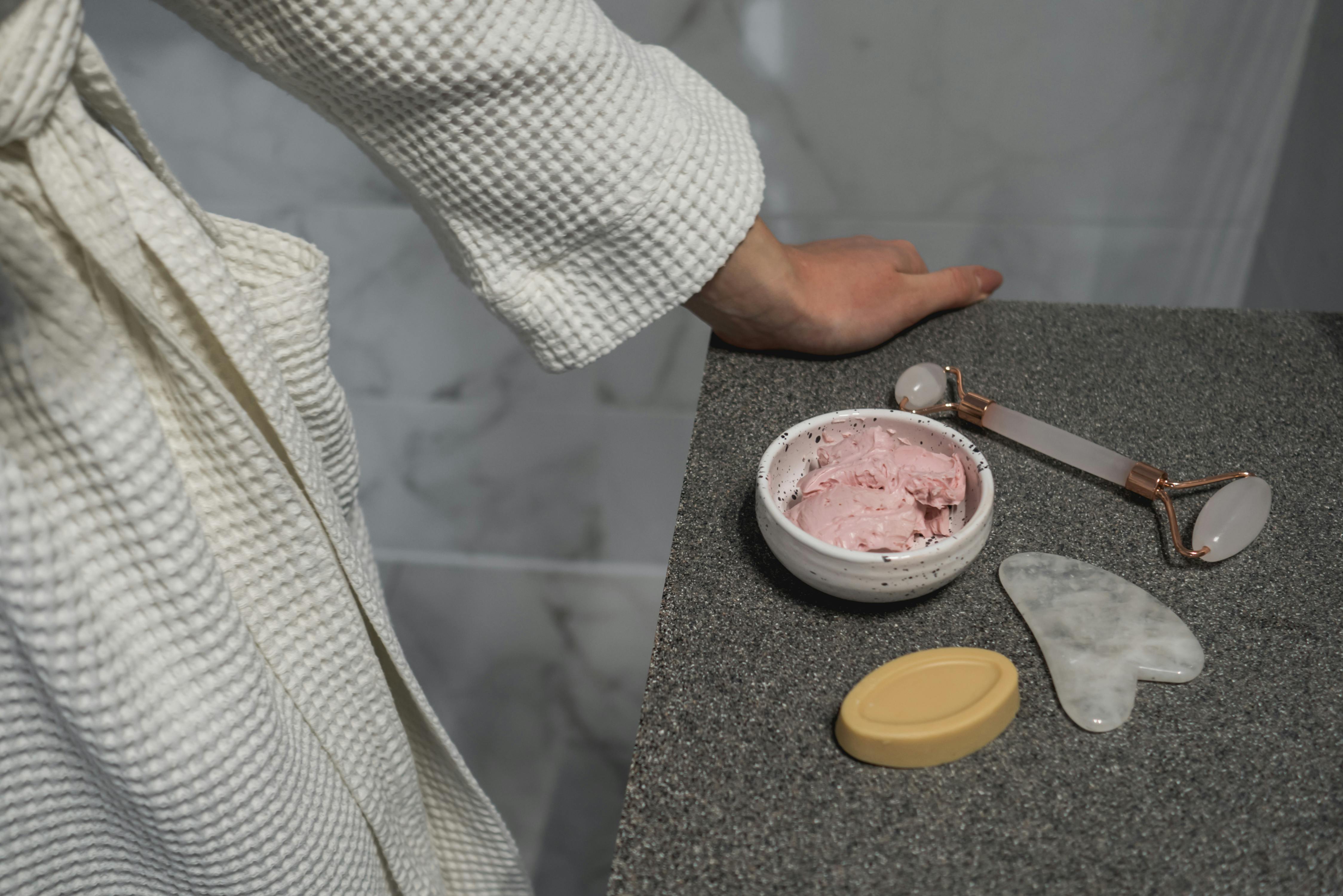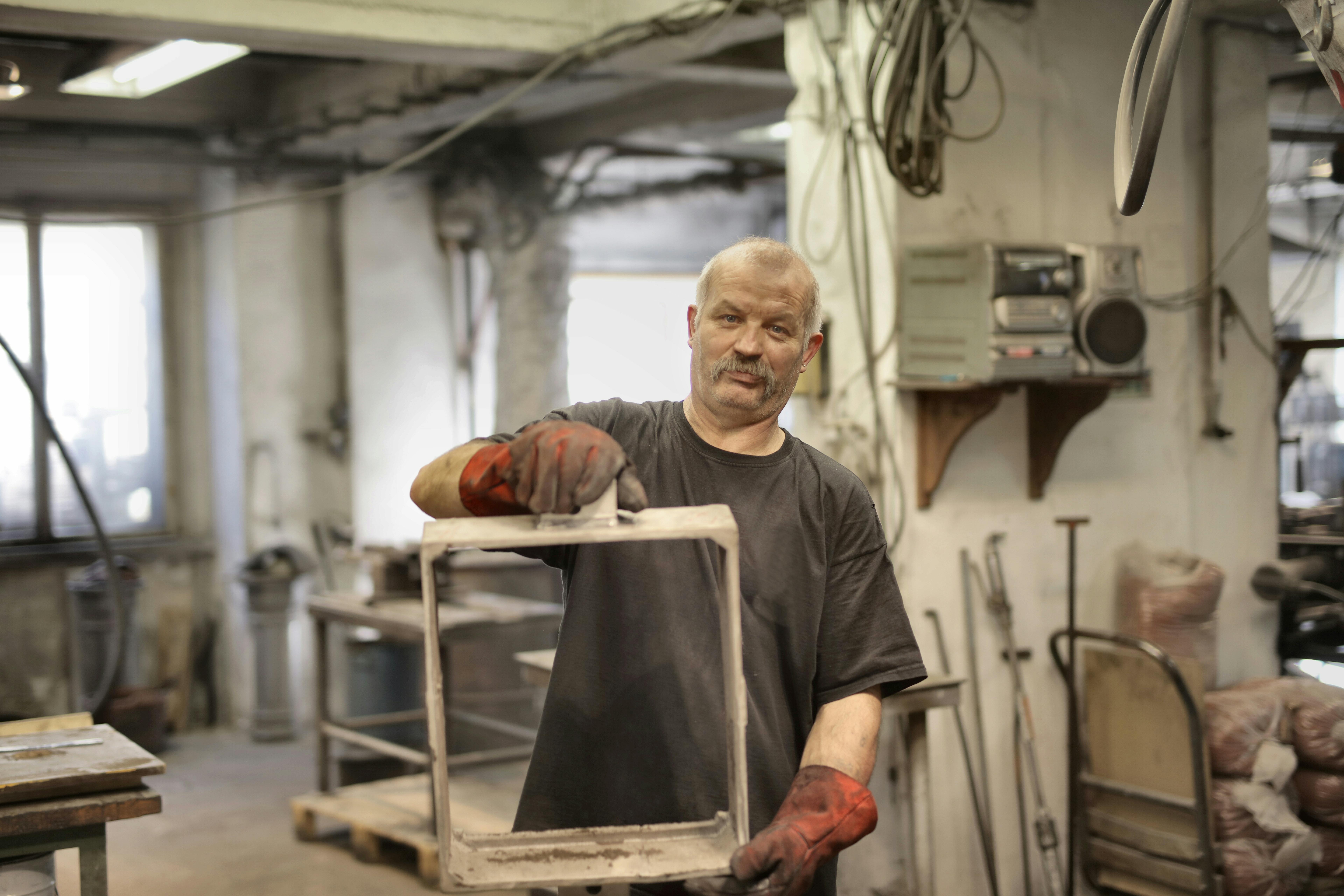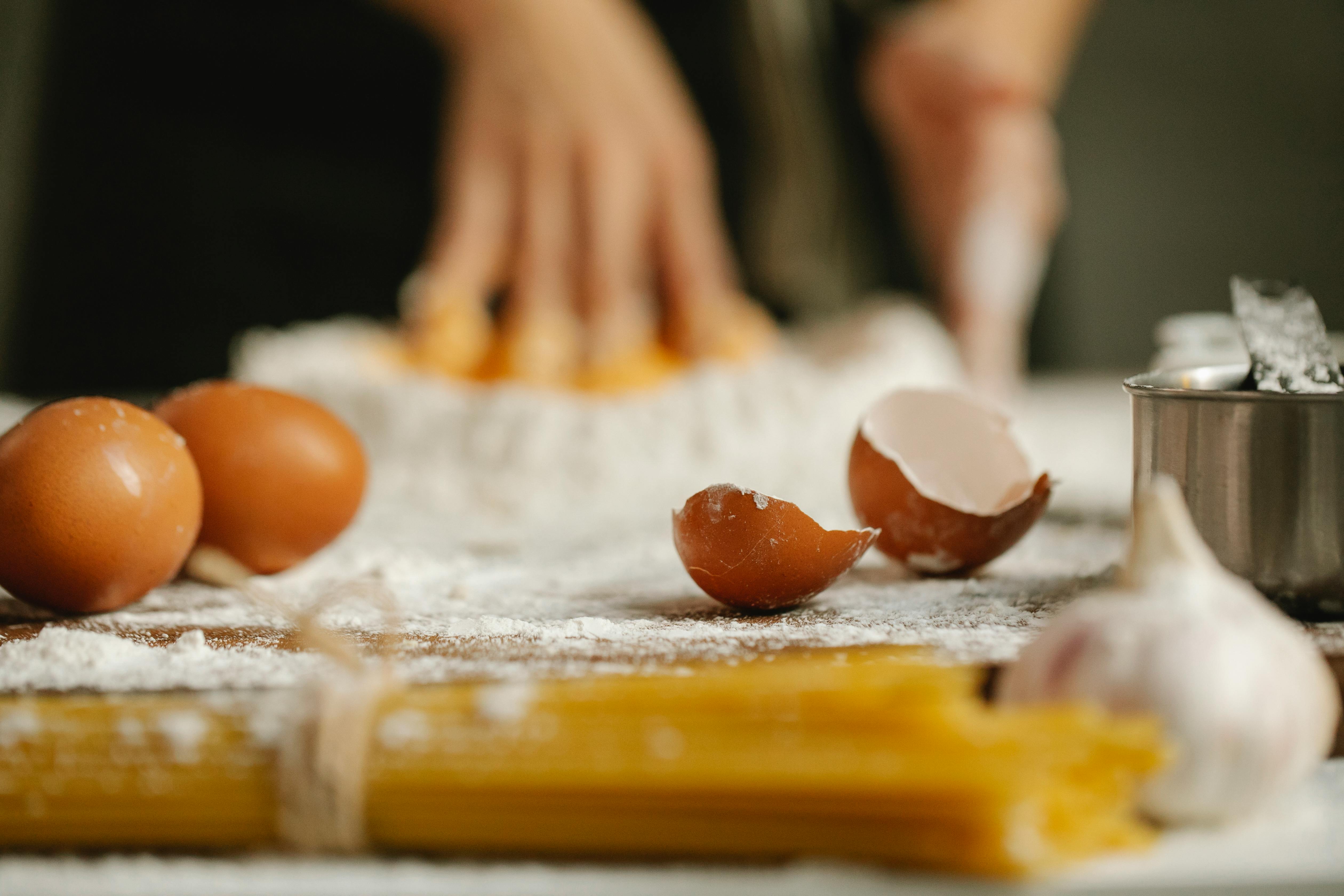
Tools and Rulers for Wonderful Quilling Designs
We could define quilling as an art of “killing” time in a pleasant and useful way, creating decorative elements from thin rolled strips of paper. When it emerged as a craft activity, a bird feather was used to roll up the strips of paper, which is why this activity was called quilling. But creating quilling designs is also known as paper filigree and filigree because of the thin and delicate look that the strips of paper take on after quilling.
The basic principle of quilling is to work out in some basic shapes like round paper coils (tight or loose), oval shaped coils, tears, hearts, shapes rolled at one end or shapes rolled at both ends into a “C” or “S” shape. , spirals, squares, triangles or rectangles. Once you gain skill and speed in creating these, quilling designs will just be a matter of creatively putting them together to get the item you want.
In quilling, we must pay attention to the properties of the paper we choose. It is recommended that the paper be thin and easy to roll, fold and roll. There are several types of paper that we can use to achieve impressive results when we are working on our quilling designs:
1. Acid-free paper has the advantage of not changing its appearance over time. By using this type of paper, we will be sure that the photo album or scrapbook that we have decorated and given as a gift will not end up in the trash after a few months because it has turned yellow.
2. Two-tone paper has a solid color on one side and a slightly lighter shade on the other. We can use this type of paper to create effects of different color intensity in our quilling designs. It is recommended especially when we use spiral shapes.
3. The graded paper has a solid color at the edges, fading to white towards the center. It is useful when we want to create shadows and blur effects.
In addition to paper, when you start quilling we will need basic tools for cutting, measuring and gluing. All of these can be purchased at any hobby supply store. There are also some simple but golden rules that you need to follow so you don’t mess up your quilling designs. Here are some of them:
1. The most common mistake people make when quilling is putting too much glue. This will definitely compromise your work. To avoid this mistake, use small glue bottles with spikes. This way you will also avoid getting your hands dirty and then staining your work.
2. If your hands come into contact with the glue, consider using tweezers to pick up your pieces and avoid making a mess on your quilling designs.
3. Always keep the big picture in mind. If you are creating elements to decorate a greeting card or an invitation, keep in mind that they will be placed in an envelope. This means that you don’t want to go overboard with the thickness of the design and eventually find that your card or invitation won’t fit in the envelope.
Choosing the right tools and sticking to these simple rules of thumb are the main ingredients for creating attractive quilling designs. Add a little originality by putting the pieces together and your work will be admired wherever you are.





